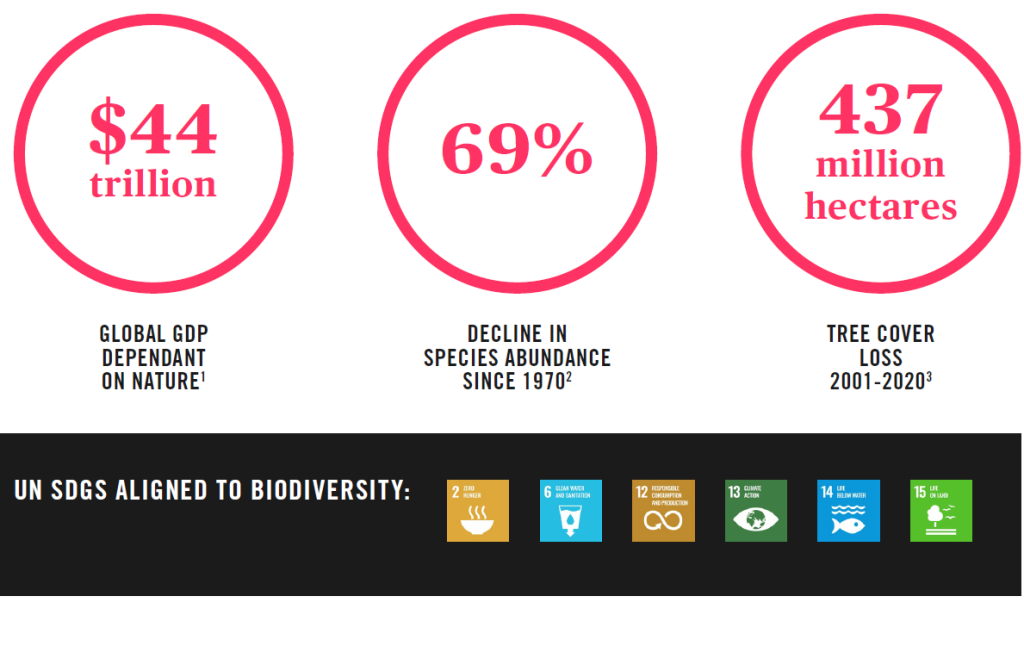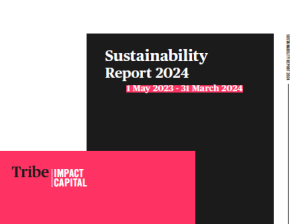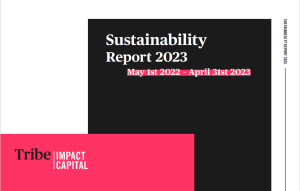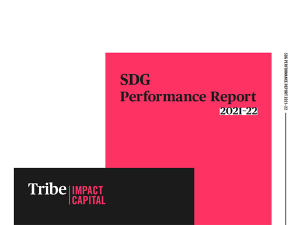Financing Nature - the next big frontier

Finance is a central driver in large scale biodiversity loss. It provides the backbone of capital for uncontrolled expansion and the incentive structure for the expanding provision of cheap, unsustainable goods – often subsidised by natural capital and biodiversity. This means that markets are heavily exposed to critical declines in biodiversity and may benefit from their regulation and recovery. In 2020, the World Economic Forum (WEF) estimated that
$44 trillion, or around 50% of global GDP, was either highly or moderately dependent on nature and its services.
1
WEF also estimates that
less than 10% of this value ($4.1 trillion) is needed over the next 30 years to properly address and mitigate climate change, biodiversity loss, and land degradation
2
. Even without this understanding, mitigating oncoming biodiversity risk is essential in the mid-to-long term. WEF’s 2022 Global Risks Report paints a bleak image of 10-year environmental health perceptions, with “climate action failure”, “extreme weather”, and “biodiversity loss” ranking as the top three most severe risks.
Provision of financial services to those who degrade (or are viewed to degrade) biodiversity, accompanies rising credit and reputational risk for financial institutions. Failure to effectively screen for biodiversity risk and compliance may create project delays and operational risks that can and will
increase financial risks within the lenders business
3
. Climate change, biodiversity loss, and species extinction are
systemic risks for businesses and investors
4
which require innovative, comprehensive, and diligent approaches to both manage the risk, and harness the opportunity.
Read our paper to learn more about some solutions-based investment opportunities that are financing nature.






